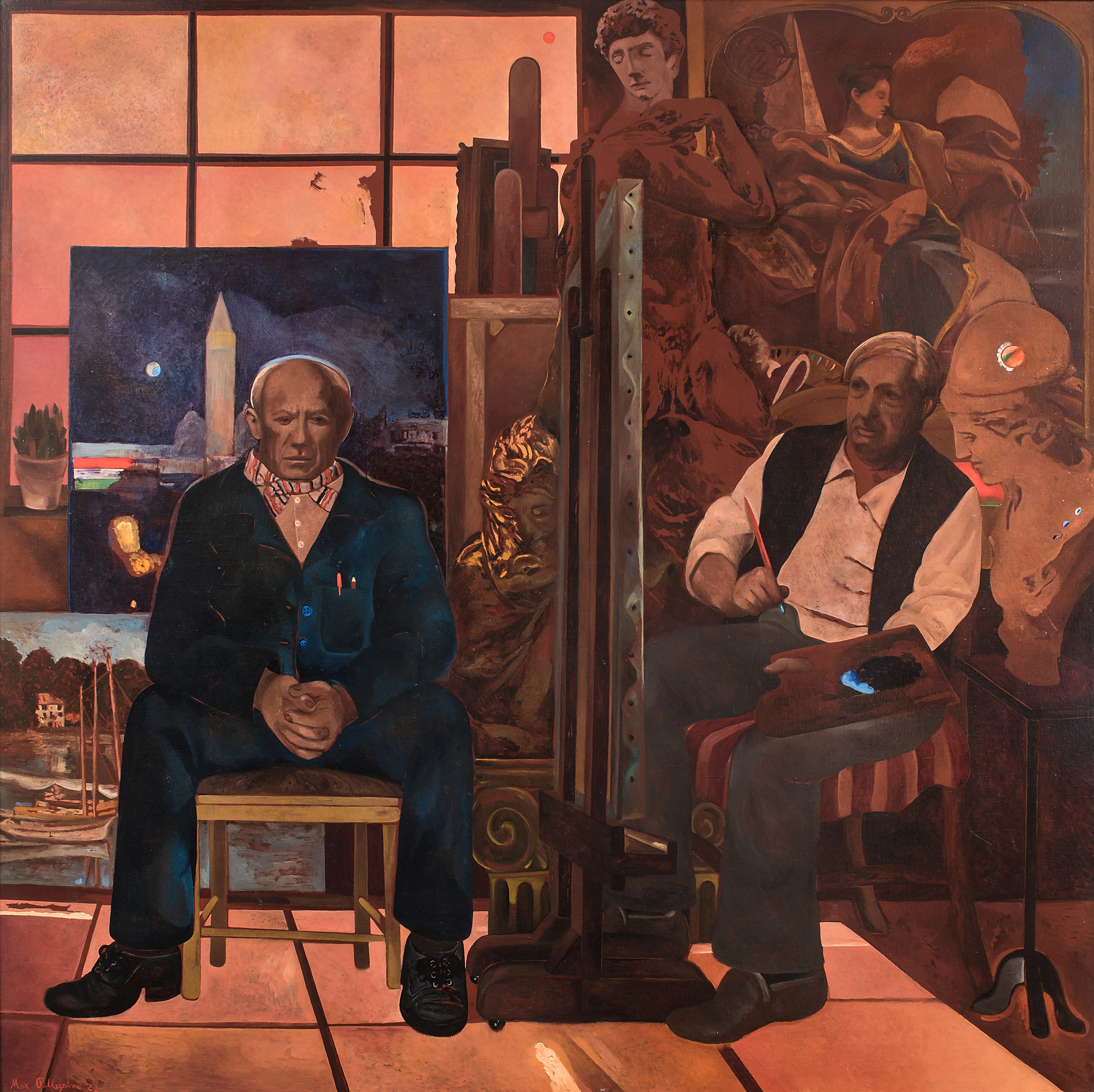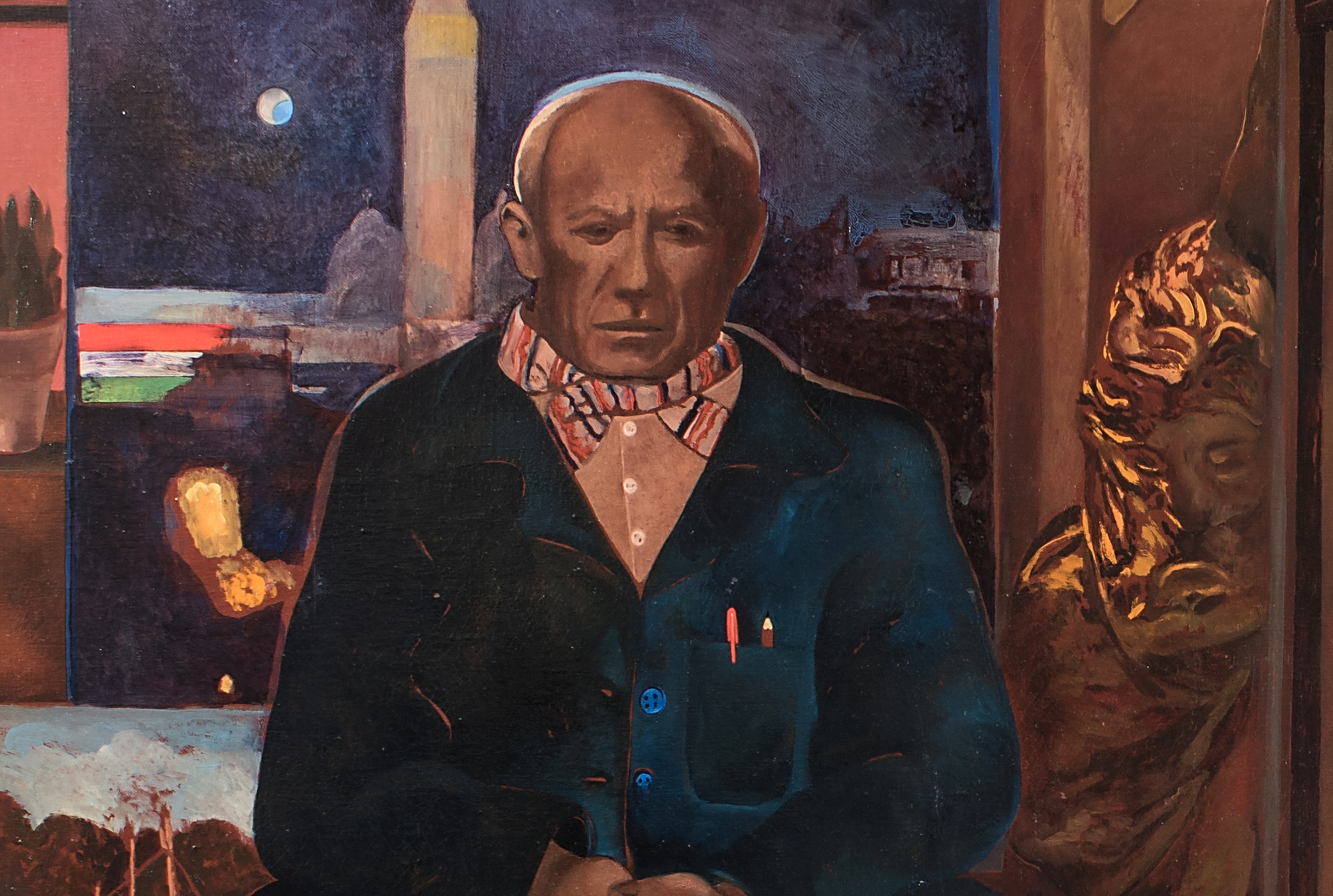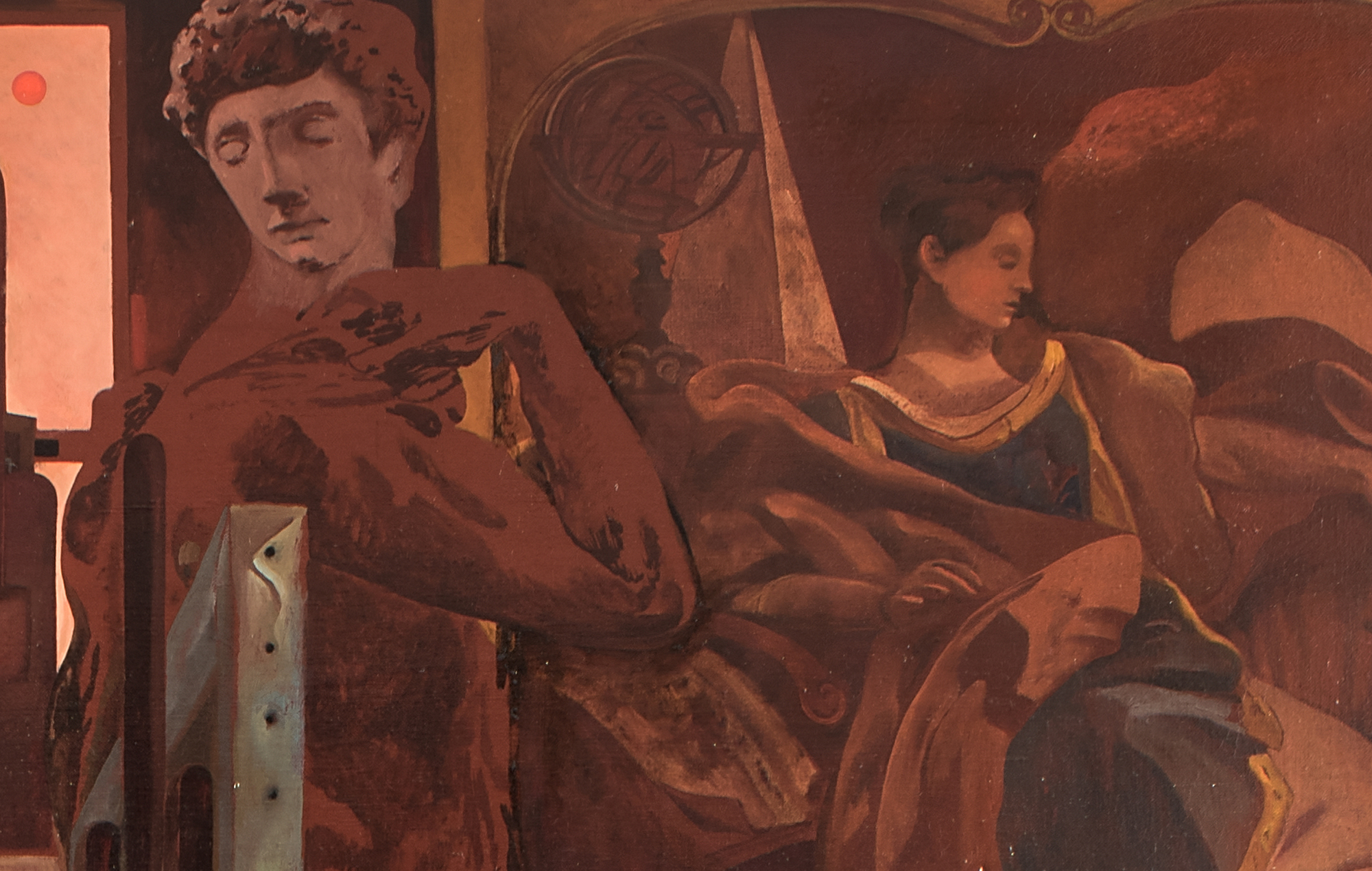מקס פלגריני(נולד ב- 1945)



64,000
"כן, אירוניה היא אחד האלמנטים של הציור שלי. אני צוחק על עצמי ועל הפחדים והפוביות הנוירוטיים שלי ואני הופך את המצב לפרטים אירוניים אם לא לפעמים מצחיקים. הנחתי חתול, למשל, עם עיניים זרחן בסצנה פסטורלית, או בנושא הקרנבל אני מערבב מוות, לעג וצחוק". (אנטוניו מונדה, "ראיון עם מקס פלגריני", במקס פלגריני, אד. דנילו אכר, 2014


